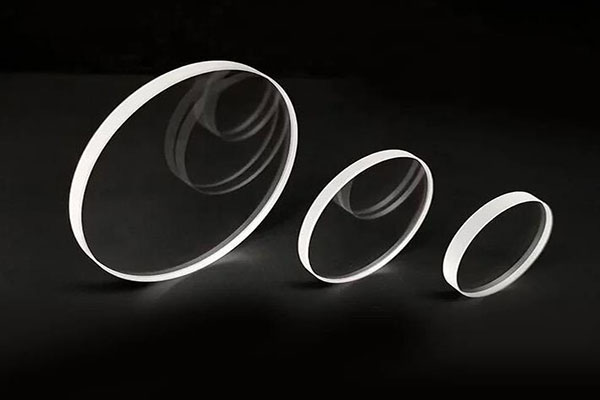In the world of art, every piece of work is the culmination of the artist's efforts, and how to present these works of art to the audience in the desirable possible condition is the primary task of every gallery and museum. In this mission, low-reflection picture frame glass plays an indispensable role. With its desirable anti-reflective properties and protective effects, it has revolutionized the way galleries present their artworks and greatly enhanced the audience's visual experience.
The main feature of low-reflection picture frame glass is its extremely low light reflectivity. Traditional glass produces reflections when exposed to light, which not only interferes with the viewer's vision but may also to distortion of the exhibits' colors. Low-reflective glass, on the other hand, is treated through a special physical or chemical process that reduces reflectivity to a minimum, thus enabling viewers to see the true colors and details of the artwork. This near-transparent visual effect makes the paintings appear as if they are suspended in the air, providing the viewer with a near-perfect viewing experience.
In addition to improving viewing quality, low-reflective framed glass also protects the artwork. It filters out harmful UV rays, preventing the artwork from fading or deteriorating due to prolonged exposure. At the same time, this glass reduces the adhesion of dust and stains and reduces the frequency of cleaning, thus reducing physical disturbance and potential damage to the artwork.

In a gallery, different types and styles of artwork have different requirements for display conditions. Low-reflective framed glass can be customized to meet these requirements, whether it be in size, thickness, or shape, to meet a variety of specific display needs. For example, for large paintings or sculptures, larger pieces of low-reflective glass can be customized; and for picture frames that need to be placed at an angle, the glass can be customized with the appropriate slant to ensure optimum visual effect and safety.
Installing low-reflection picture frame glass is also a professional and rigorous process. The professional installation team will choose the suitable installation method and fix the structure according to the characteristics of the artwork and the usage environment. They will ensure that a proper distance is maintained between the glass and the artwork to avoid any possible damage caused by direct contact. At the same time, the installation process will also take into account the temperature and humidity changes in the environment, and choose the appropriate sealing technology to ensure the stability of the display environment.
In practice, low-reflection picture frame glass has been widely used in many galleries and art exhibitions worldwide. Many precious artworks are protected by this high-tech glass to ensure that their original appearance can be appreciated by future audiences. At the same time, the use of low-reflective glass also enhances the overall visual effect of the exhibition, making the exhibits more distinctive to the audience.
In short, the emergence of low-reflective framed glass has brought a new solution to the display of art in galleries. It not only improves the viewing quality but also provides strong support for the long-term preservation of artworks. With the continuous progress of the technology and the popularity of the application, we expect to see more artworks get better display and inheritance in the future.





